Is your thermostat acting up? We mean, doesn’t it match the temperature of your home? You have come to the right place since we have conducted thorough research to find the solution to your problem.
If your thermostat doesn't match the temperature of your room temperature, it would be best to do these things below first:
- You should check your thermostat to see if it has power.
- Examine its wiring.
- Check your thermostat settings.
- Inspect if the thermostat is dirty.
- See to it that the thermostat's location is appropriate.
- Check your HVAC system.
- Recalibrate your thermostat.
Your faulty thermostat might be because of either one of the issues mentioned above. However, that might not be the case; it may also be because of more than one issue. And to find that out, we suggest you keep reading. There is so much information that you should explore further. Let's start!
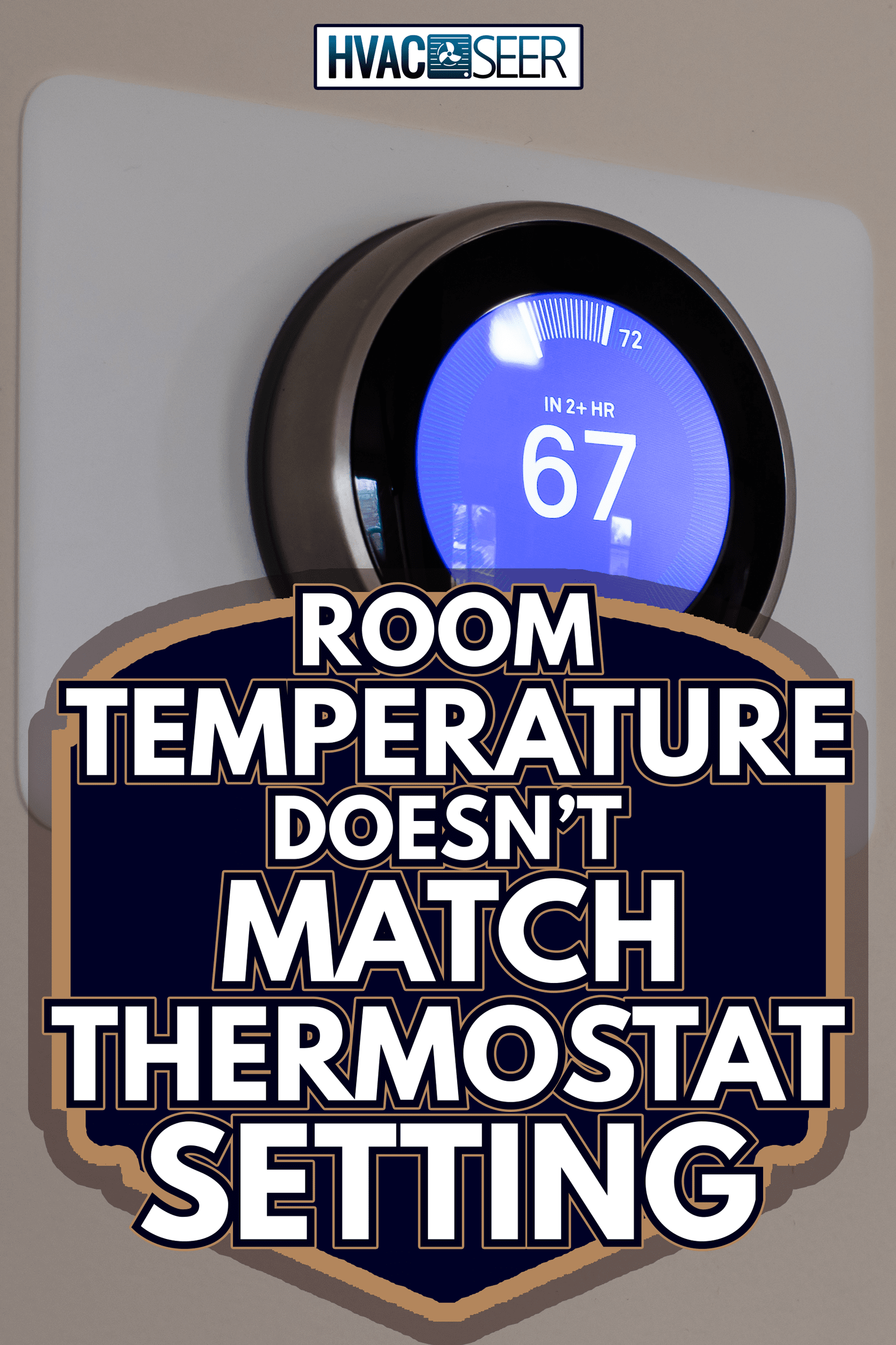
What To Do When Room Temperature Doesn't Match Thermostat?
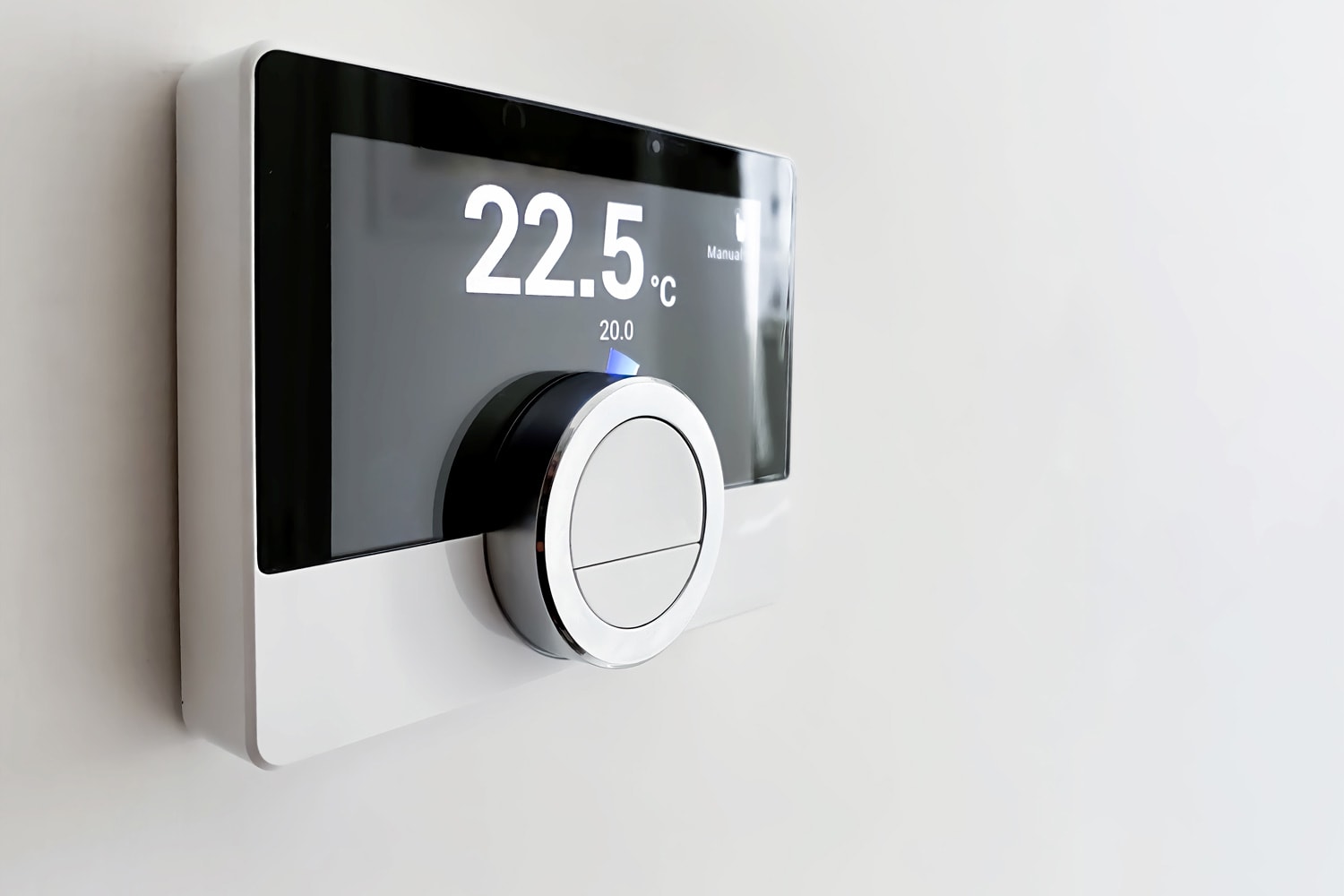
Having issues with your thermostat or HVAC system is inevitable. However, every problem has its solution. And below are the detailed solutions that might help you with your current issue.
1. Check The Power Of Your Thermostat
Your thermostat might be having issues with a power cable or corrosion on battery junctions. If so, it will affect the thermostat's performance and sensors. This particular problem causes your thermostat continuously turn on and off, flicker, or will continually show that its battery is low.
To clean the battery connections of your thermostat, you can dip a cotton swab in a bowl of vinegar and scour the area. However, if you can see too much dirt or corrosion, changing the current thermostat into a new one would be best.
2. Examine The Thermostat's Wiring
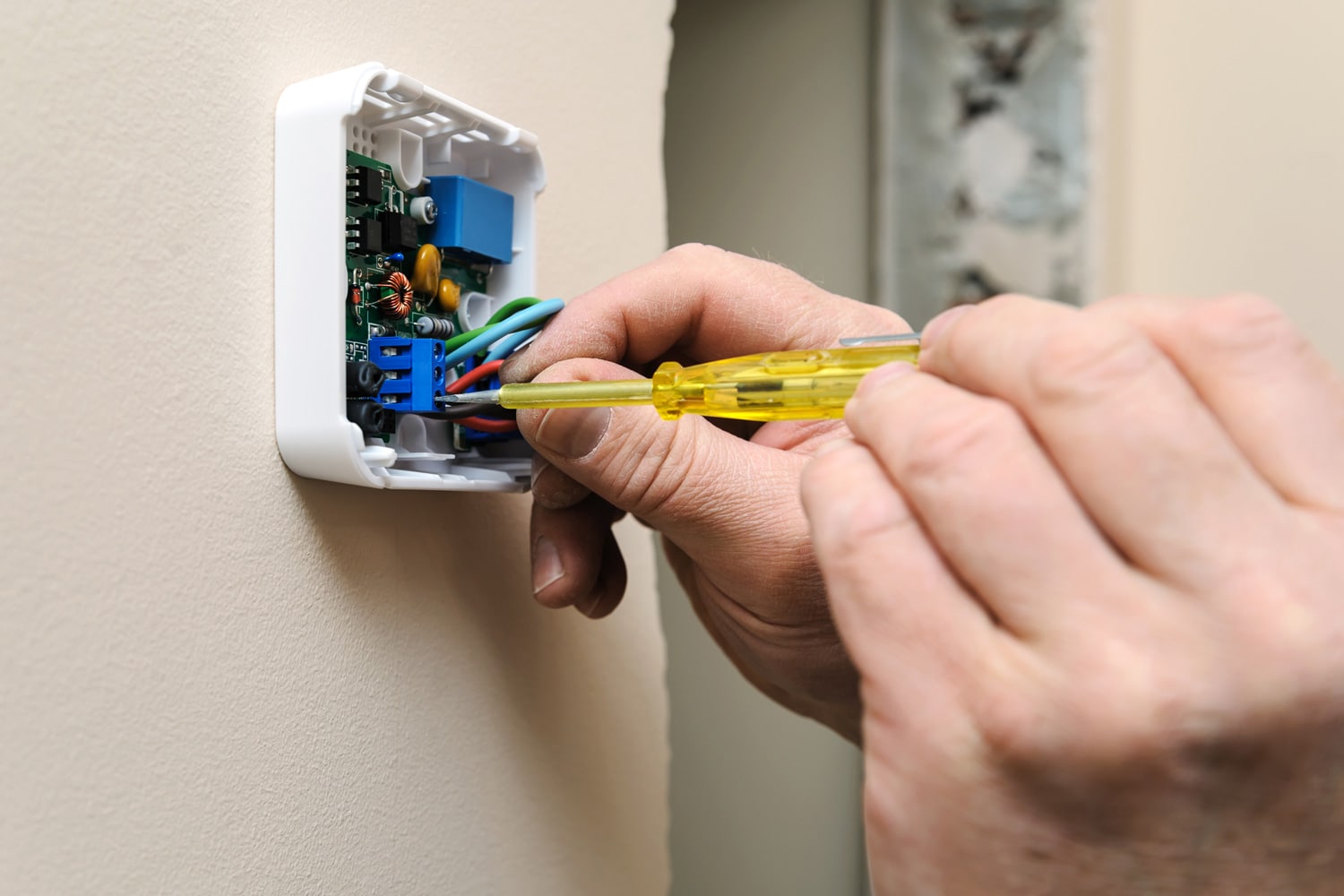
Old or worn-out thermostat wiring can be the cause of your problem. Faulty wiring can be why a thermostat transmits inappropriate information to your HVAC system. Consequently, it will not deliver the right temperature to your home.
Electrical wiring is usually the primary suspect if you have already checked your HVAC system and it still doesn't work.
NOTE: Checking the electrical wiring of your air conditioner might not be safe for a DIY process. So, if you are not sure about doing it safely, it would be best to call an HVAC professional to do the job for you. Also, they can diagnose your thermostat or HVAC system and know what causes the problem.
3. Check Your Thermostat Setting
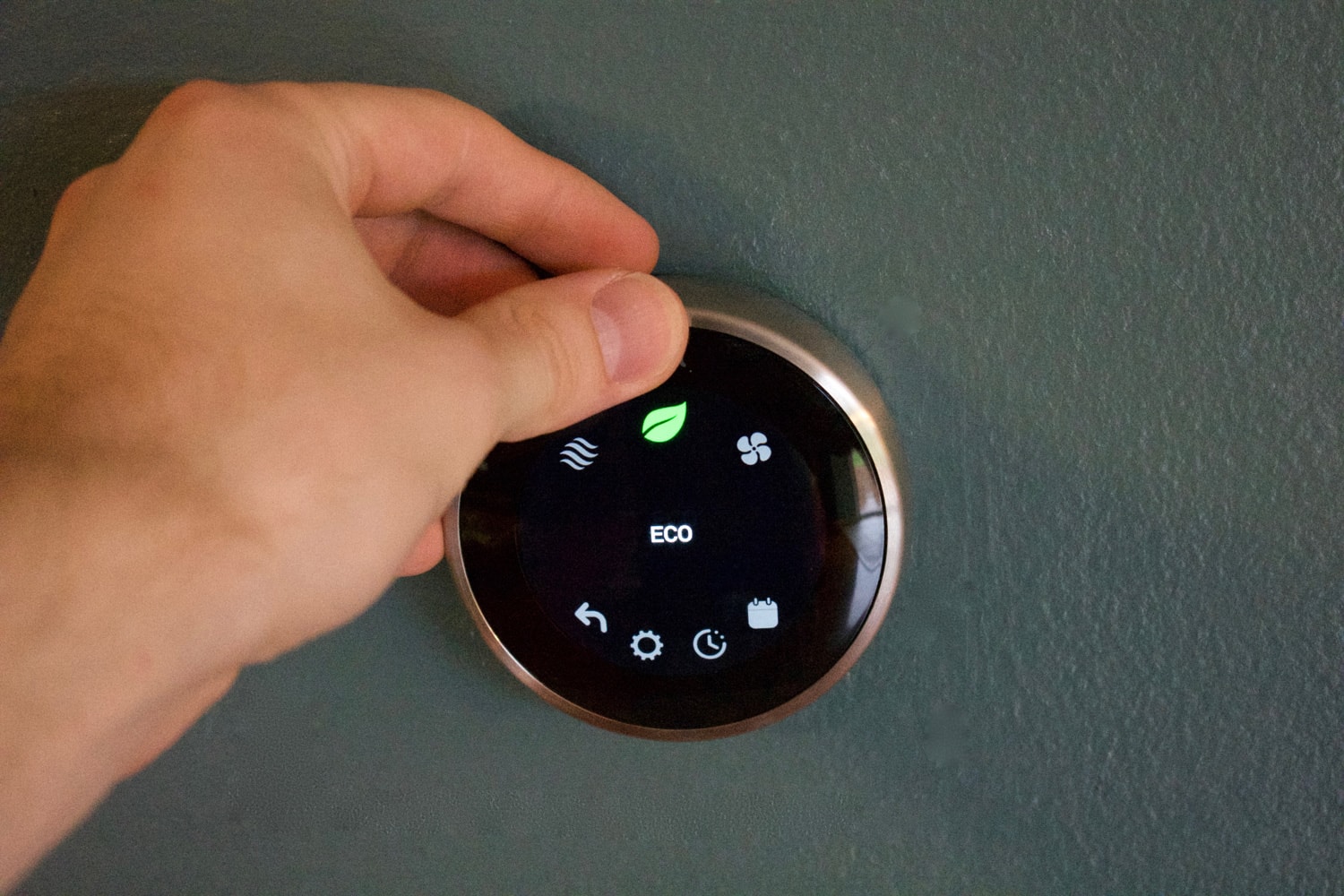
You are probably one of those homeowners who always want to quicken the heating or cooling process in a room by setting the thermostat to an extremely high or extremely low temperature. Your HVAC system might not be able to reach the thermostat with this setting.
The primary reason for this is that the air conditioner works by creating a temperature contrast between indoors and outdoors. So, if the temperature between the two areas is too great, expect that your HVAC system will not be able to keep up.
In addition, it will also cause your HVAC equipment to operate for a more extended period and will lead to frequent malfunctioning and higher energy consumption.
4. Inspect If Your Thermostat Is Dirty

See to it that your thermostat is still in its clean state. If not, that might be because of smoke, smudges, dust, dirt, and other debris that accumulated over time on your thermostat. And as a result, grime can insulate your thermostat, causing it to believe it is colder or hotter than it is.
If you are going to clean your thermostat, it would be best to ensure that you use suitable instruments and cleaning solutions to avoid possible damage. And if you are unsure of what to use, we suggest you refer to the owner's manual. Also, that manual has instructions on how to clean the thermostat correctly.
Alternatively, if the thermostat can no longer be passable for cleaning, you may need to replace it.
5. See To It That Your Thermostat Is In An Appropriate Location
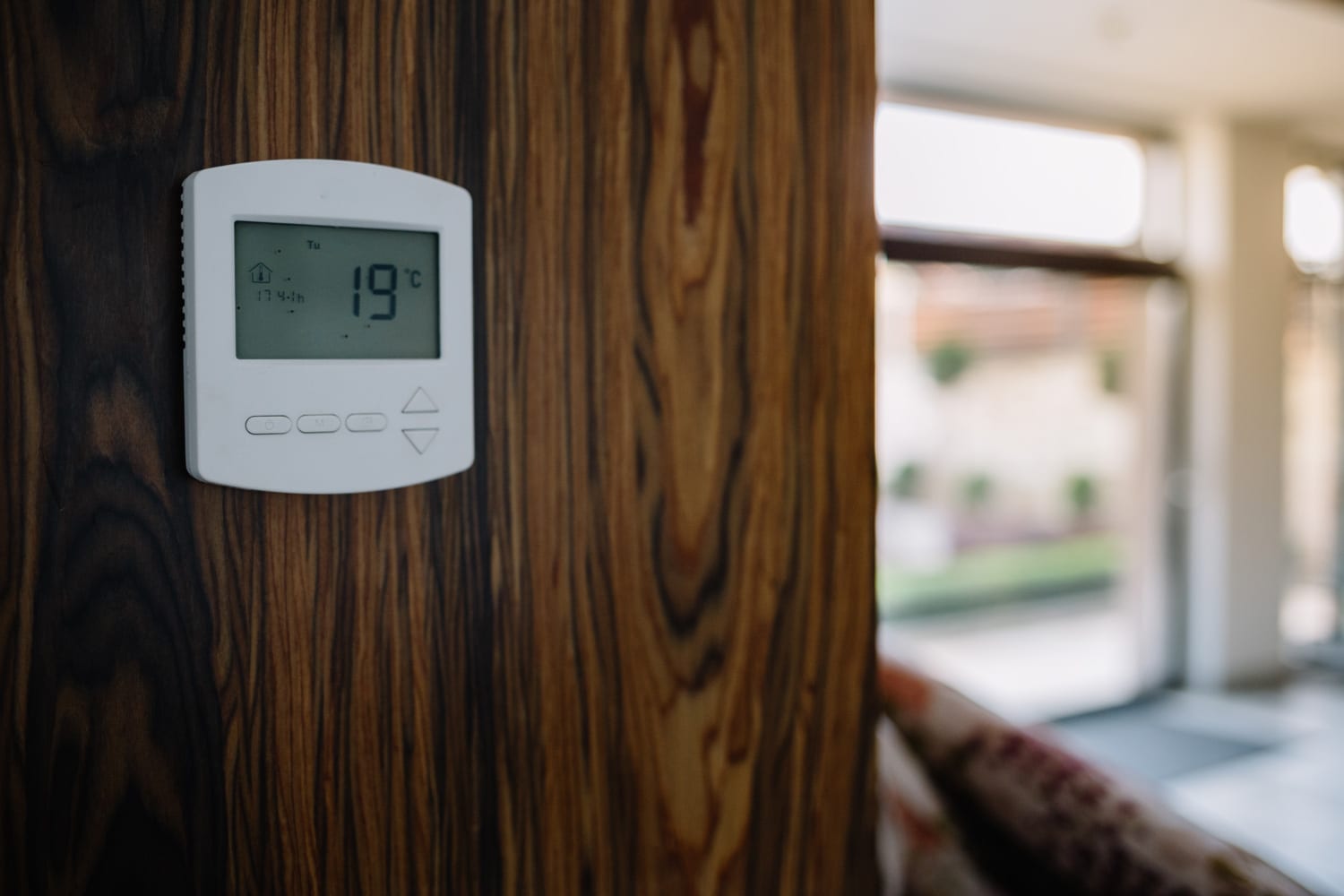
The location of your thermostat can be an essential factor that affects its performance and communication with the HVAC system. For instance, if your thermostat is close to a window, in direct sunlight, or near your kitchen, expect it will not accurately read the entire home temperature and deliver the wrong reading to your HVAC system.
The best thing to solve this problem is to relocate the thermostat to a place away from the kitchen and appliances that radiate heat. And we highly suggest you put the thermostat in the center of your home, considering those rooms you often use.
Read this article: "How To Move A Thermostat To Another Room."
6. Check Your HVAC System
Another factor that affects the temperature of your home is the HVAC system. If one of your HVAC equipment is not operating well, anticipate that it will not reach the temperature you set.
Faulty HVAC equipment might be because of clogged air filters or debris around your heat pump. Or maybe one of the components of your HVAC system is malfunctioning, or the pipes and ducts are too dirty. So, it would be best to call an HVAC professional to help you determine what causes the problem.
7. Recalibrate Your Thermostat
Recalibrating a thermostat is far different from refreshing it. You can calibrate your thermostat by altering the settings on the thermostat's menu or as simple as turning a screw. However, that will depend on the thermostat's model.
We highly recommend calibrating your thermostat once a year, even without functional issues. Doing so will make your thermostat continuously provide proper operation.
What Temperature Should I Set The Thermostat?

Because we all feel comfortable at different temperatures, talking about the right setting can mean other things to different individuals. Some people prefer to be cooler, and some want a hot indoor temperature.
You can set the temperature between 64 to 71 degrees Fahrenheit. However, older people mostly want to set the temperature higher than that. It would be best to set the temperature at a lower number and work its way up. Doing so will help you to save money from lower energy consumption.
Know that even just a degree of change in the temperature can save you a lot over the passing years. And if you want to have additional control over the temperature, you can opt to add thermostatic radiator valves.
Common Errors When Setting A Thermostat
It is a common mistake when people turn their heating up during winter. Although adjusting the temperature higher will make your indoor temperature hotter quickly, it is unnecessary if you have already found the temperature range that makes you comfortable.
Regardless of the weather, know that the thermostat will help maintain the temperature throughout the year.
Furthermore, dialing down the heat in the summer is unnecessary because the entire HVAC system can adjust to the warmer ambient temperature and respond accordingly.
One more mistake that most people make is changing the thermostat controls frequently. For instance, they tend to set the HVAC system to low power mode when they are out. Little did they know that they were wasting money since there were no people inside the house who would benefit from the comfortable temperature.
Also, turning up the thermostat to warm the indoors quickly isn't practical or necessary because the thermostat only controls the all-around temperature, not the rate at which the central heating emits heat and heats the house.
If you try to understand your thermostat better, you will know how it will help you save money on your monthly electricity bills. So, it would be best to know everything there is to know about your particular system.
Can A Smart Thermostat Save You Money?
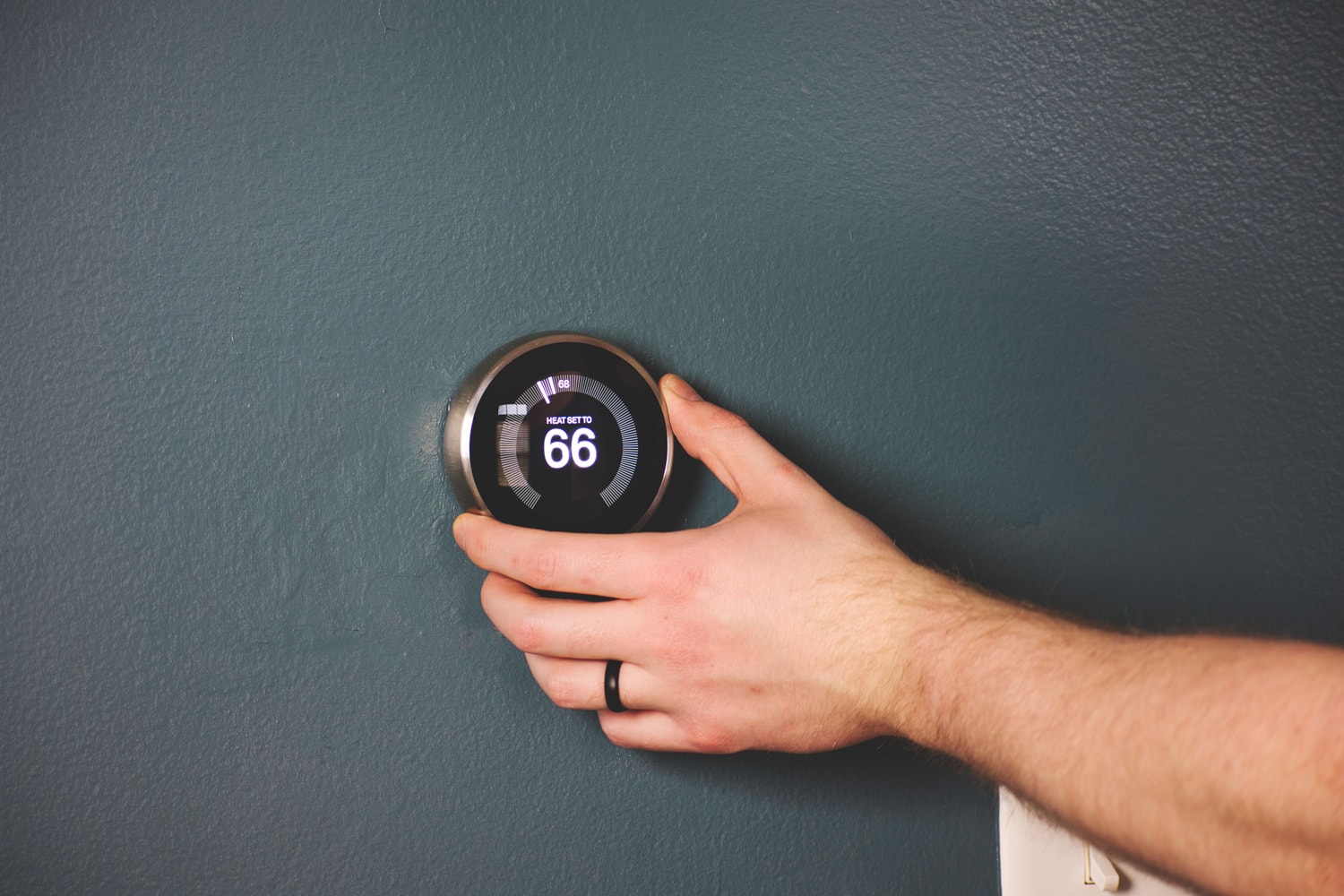
Do you want to know how intelligent smart thermostats are? Smart thermostats can help you save money by turning the HVAC system off when you are away and turning it back on when you arrive home.
You will need to set the temperature you prefer at a specific time of the day. And the thermostat guarantees that your home has the temperature you like when you arrive home and that you conserve as much energy as possible while you are gone.
We highly recommend using a smart thermostat than programmable thermostats because of this feature.
Check out this smart thermostat on Amazon.
Wrap It All Up
Diagnosing and fixing some thermostat issues can be straightforward as long as you have enough knowledge about doing such a thing. However, if you don't want to complicate things and you want to solve them immediately, you can always opt to call for the help of an HVAC professional.
We hope this post solved your thermostat problems. And if you want more, you can always check our website for numerous articles that might be helpful to you. Or you can check these posts out!
Gable Vent Vs. Soffit Vents Vs. Ridge Vents: What’s The Difference?
Can You Mount A Ceiling Fan Directly To A Joist? [And How To]
Air Conditioner Makes a Banging Sound When It Turns On – What’s That?

